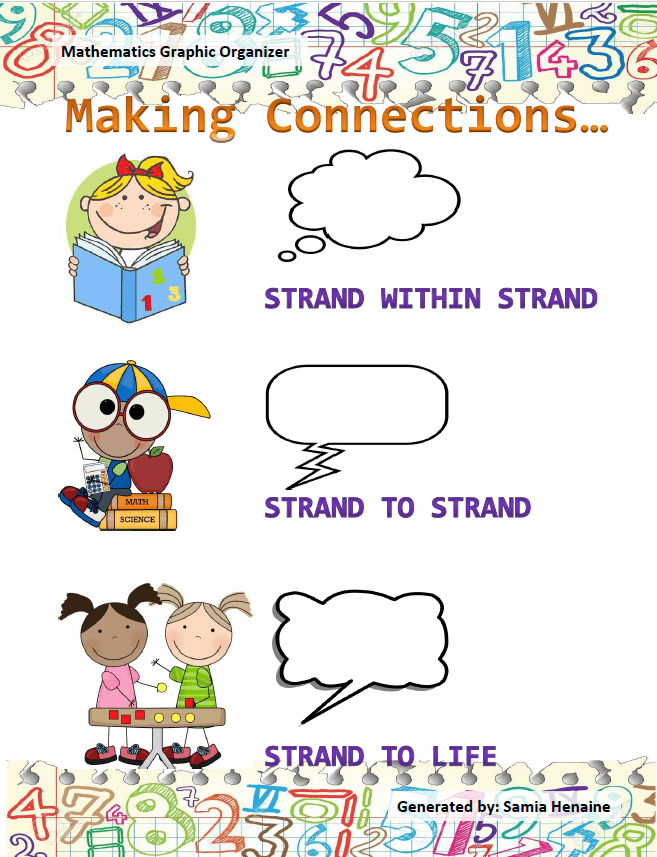
Is 3+7 equal to 37?
Why 3 + 7 is equal to 10 and not 37? Have you ever wondered about it? Well, this question reminds me of the “Child’s Why”. At the development stage which typically starts around ages 2 or 3 and continues into ages 4 and 5, children ask “Why” which is a sign of curiosity to […]



